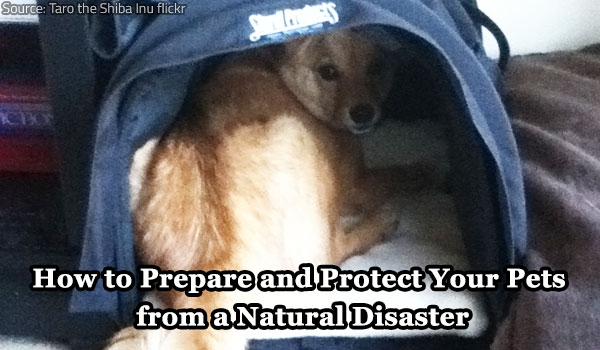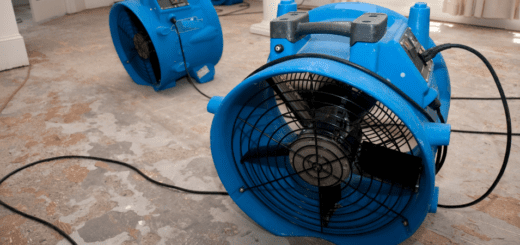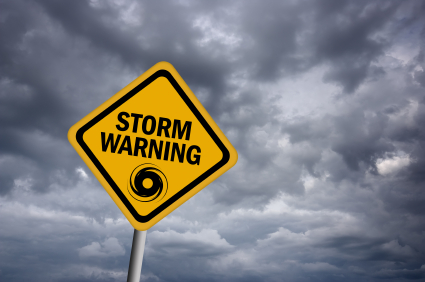How to Prepare your Home for an Earthquake
There are many things in this world that are beyond human power to control, change, or prevent. Natural disasters are probably the most fearsome and destructive of these formidable earthly events that cannot be affected by our actions or desires. However, oftentimes adequate precautionary measures can be taken to reduce the negative impact of adverse weather conditions and natural calamities. Depending on the most common risks in your area, you can take some efficient steps to prepare your home and your family for an eventual cataclysm before it strikes.

Earthquakes can cause considerable property damage and even pose a risk to your life.
If you live in an earthquake-prone area, you need to have an earthquake preparedness plan to ensure at least some level of earthquake safety – there are some things you can do in advance to reduce the chances of severe property damage and personal injuries in the unfortunate event of an earthquake. In fact, earthquakes can happen anywhere and at any time, without warning, so it’s a good idea to get your home and your family ready for an earth tremor, even if you don’t live in a region with high seismic activity.
But how can you prepare for an earthquake? Here are some efficient preventive measures you can take to protect your home and your family:
How to Prepare Your House for an Earthquake
Your home will be safer during an earthquake when efficiently reinforced and in good repairRepair is the act of fixing or restoring damaged property, m... More. So, you are recommended to carefully assess its structureStructure refers to the framework or components of a buildin... More and take corresponding measures.
Buildings constructed in the last several decades are designed and built to seismic code, so that they should be relatively stable and better prepared to resist earth tremors than older houses. Nevertheless, they may still need some extra “seismic retrofitting” – reinforcing of the structureStructure refers to the framework or components of a buildin... More to ensure that the foundations, floors, and walls are securely fastened together and bolted down, providing a higher level of earthquake safety.
Reinforcing older buildings is a must.
To ensure the best possible protection of your home against earthquakes, you are strongly recommended to call a professional (an engineer or a licensed and experienced contractor) to perform any necessary seismic retrofitting works, such as:
-
- Repairing and bolting the foundation;
- Adding plywood sheathing to brace the cripple wall or the short wood wall which extends from the foundation to beneath the floor of the house;
- Reinforcing crawl space walls, chimneys, weaker masonryMasonry is the craft or construction of structures using mat... More and concrete walls, etc.;

It is a good idea to strengthen the structureStructure refers to the framework or components of a buildin... More of your home in order to reduce the chances of severe property damage in the event of an earthquake.
- Installing positive connectors at the joints where posts meet beams and beams meet footings to further strengthen the structureStructure refers to the framework or components of a buildin... More of your home;
- Bolting down the water heater and other gas appliances – strapping the water heater to the wall will keep it upright and will prevent the pipes from rupturing during an earthquake;
- Installing an automatic gas shut off valve that is triggered by strong vibrations to prevent gas leaks in the event of an earthquake;
- Replacing metal piping with flexible connectors where possible (flexible fittings are more resistant to breakage).
These measures will make your home less vulnerable to earthquake damage.
How to Secure the Contents of Your Home
Quite often, it’s not a collapsing structureStructure refers to the framework or components of a buildin... More, but falling objects, flying debris, and shards of broken glass that cause injuries and accidents during a quake. So, when preparing for an earthquake, you need to secure any household items that could eventually move, break, or fall and pose safety hazards:
- Anchor large appliances and tall furniture pieces (such as bookcases and filing cabinets) to walls using safety cables or straps. Don’t forget to lock their rollers, if any;
- Place large and heavy items on lower shelves;
- Install latches on drawers and cabinet doors to keep them tightly closed, so that their contents don’t tumble out during a tremor;
- Install ledge barriers on shelves;
- Store chemicals, flammable items, and other hazardous materials in a fire cabinet;
- Store glass items, china, and other breakables in cabinets with latches;
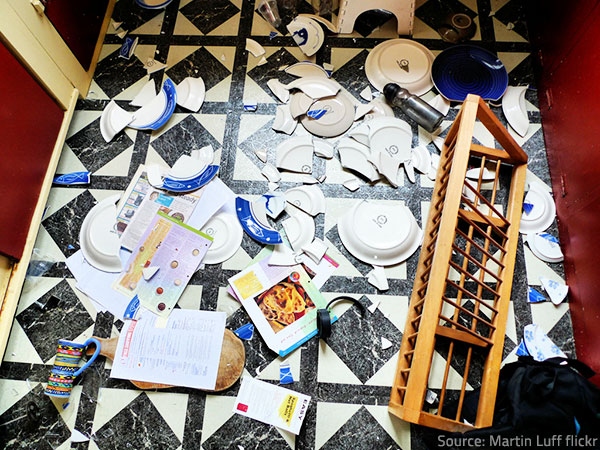
Fallen items and flying debris often result in serious accidents and injuries.
- Attach small appliances and electronic devices to desks, tables, or countertops;
- Consider using Earthquake Putty or some other similar product to secure glass, electronics, and other fragile items;
- Apply safety film to windows and glass doors, tabletops, or showcases;
- Anchor ceiling lights, suspended ceilings, and other hanging items to the permanent structural elements of your home;
- Hang heavy items, such as pictures and mirrors, away from beds, couches, or any other areas where people sit or sleep. Fasten them securely to the walls;
- Know the locations of electric fuses or circuit breaker boxes, water service shut-offs, and natural gasNatural gas is a flammable fossil fuel composed mainly of me... More main shut-off to be able to turn them off as soon as safely possible after an earthquake.
How to Plan for an Earthquake
In addition to the above precautionary measures, earthquake preparednessPreparedness is the state of being ready to respond to emerg... More requires a bit of careful planning as well. To ensure your safety and the well-being of your family during an earthquake, you are advised to:
- Locate the safe areas in every room – near an inside wall or under a sturdy table, away from windows, hanging items, and tall furniture pieces;
- Create a disaster plan – identify the safest and shortest escape routes out of your home, designate an emergency meeting place to reunite with your family in case you weren’t together when the earthquake hit, develop an emergency communication plan in case you get separated, etc.;
- Hold earthquake drills with your family members, so that everyone remembers to drop, cover, and hold on when they feel a tremor. It is of paramount importance to make sure that your children are aware of safe zones within the house and know how to evacuate safely in the event of a disaster;
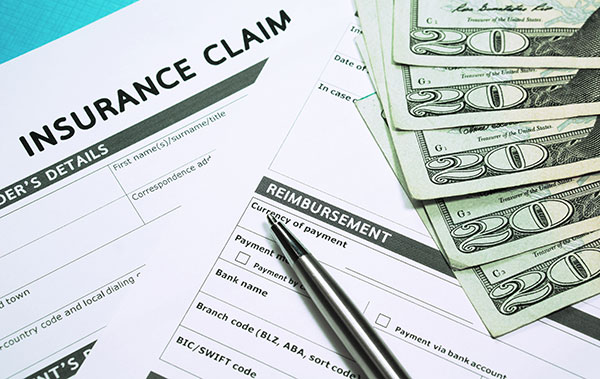
If you live in an earthquake-prone zone, purchasing proper earthquake insurance is a must.
- Prepare an emergency kit that contains some basic necessities which will help you survive in the aftermath of a natural disaster – bottled water, non-perishable food, first aid supplies, communication devices, contact lists, copies of important documents, flashlight and extra batteries, cash, comfort items for children, etc.;
- Purchase earthquake insurance (most standard homeowner’s policies don’t cover earthquake damage). If your home sustains severe damage during an earthquake, you will need professional disaster restoration and cleaning services to restore the good condition of your property and to help you quickly resume your normal daily routine. The experienced technicians will not only repairRepair is the act of fixing or restoring damaged property, m... More any structural damage and restore your household items in a quick and efficient manner, but will also work in close cooperation with your insurance provider to ensure a smooth and beneficial claims process.
While it is highly advisable to get your home ready for an earthquake (just in case), let’s hope that you don’t have to find out just how efficient your earthquake preparations actually are!










